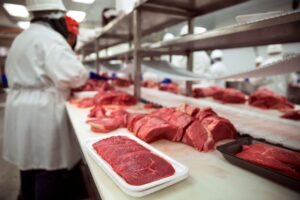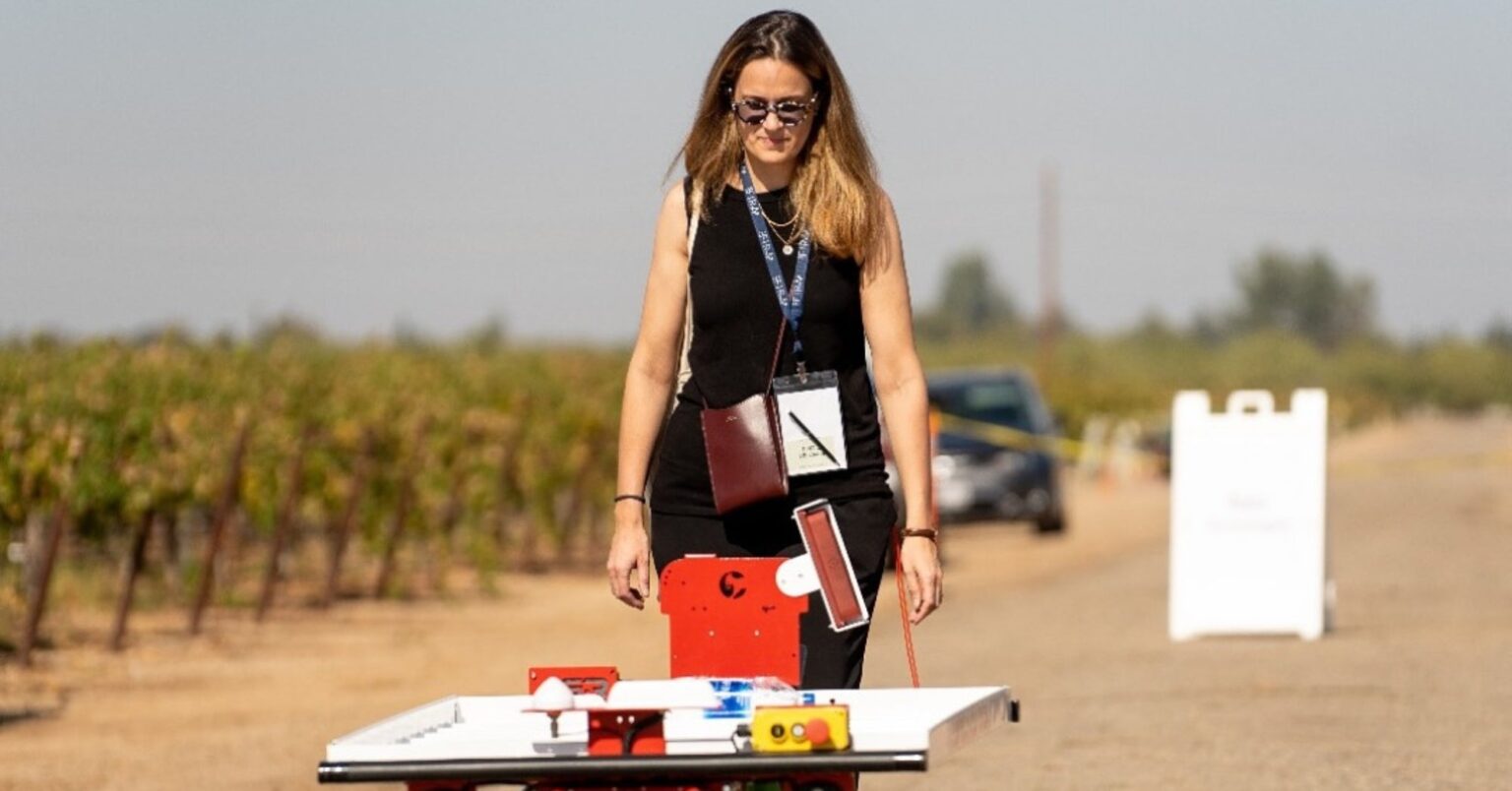Subscribe to Updates
Get the latest agriculture news and updates directly to your inbox.
Author: staff
Today, the U.S. Food and Drug Administration conditionally approved Dectomax-CA1 (doramectin injection) injectable solution for the prevention and treatment of New World screwworm larval infestations, and prevention of NWS reinfestation for 21 days. Dectomax-CA1 is conditionally approved for use only in cattle. “We understand the urgency with which America’s farmers and ranchers are asking for tools to fight New World screwworm,” said FDA Commissioner Marty Makary, M.D., M.P.H. “Today’s conditional approval – the first in the U.S. for NWS – shows our dedication to rapidly advancing important animal medicines when they are needed most. We continue to work tirelessly to…
Corteva Agriscience announced it will split its seed and crop protection divisions into two publicly traded companies by the second half of 2026, a move that reshapes one of agriculture’s largest input providers. According to a press release, the company says the separation will “unlock value” for investors and allow each business to focus more sharply on strategy, capital allocation, and growth opportunities. But for farmers, the questions revolve around how this corporate restructuring could affect the products, programs, and relationships they rely on. Two Companies, Two Identities According to Corteva, the seed business that is home to the Pioneer,…
John Deere is adding two new Gator models to its lineup — the GX and GX crew — running entirely off electric power. The new models are built for residential and rural property owners to handle light-duty jobs such as transporting people, hauling gear, and moving landscaping materials. “The Gator GX lineup offers property owners the opportunity to increase productivity around their properties with less noise, less maintenance and more versatility,” said Eric Halfman, John Deere go-to-market manager. “These utility vehicles are intuitive and durable while offering users the comfort, reliability and convenience they expect from a John Deere Gator.” …
Zoetis Inc. announced today the first and only parasite control product for New World screwworm (NWS). Dectomax-CA1 Injectable received conditional approval from the U.S. Food and Drug Administration (FDA) for the prevention and treatment of infestations caused by the larvae of Cochliomyia hominivorax (New World screwworm) and prevention of reinfestation for 21 days. The conditional approval applies to beef cattle, female dairy cattle less than 20 months of age, pregnant beef cows, newborn calves, and bulls. NWS remains a looming threat for U.S. livestock producers as it continues its northward expansion. Positive cases of the pest – which had previously…
Corn mazes have become a fall tradition across the U.S., but few are as famous, or as massive, as the one at Cool Patch Pumpkins in Dixon, California. Spanning 63 acres, the maze has been recognized by Guinness World Records as the largest in the world and continues to draw attention for both its size and its seasonal charm. According to Secret Los Angeles, the maze is so large that some visitors have panicked and called 911 for help after becoming disoriented. In one report cited by ABC News, a mother frantically told local deputies, “I don’t know what to…
FIRA USA has announced the launch of a new recognition program: the Women in AgRobotics of the Year Award. Making its debut at FIRA USA 2025, held Oct. 21–23 in Woodland, California, the award will honor pioneering women who are transforming the agricultural robotics industry through their vision, innovation, and leadership. In an industry still largely led by men, these pioneers, ranging from founders, engineers, farmers, researchers, and executives, are breaking barriers and shaping the future of agricultural robotics. The award aims not only to highlight their individual achievements but also to inspire others by amplifying their voices and showcasing…
Ahead of 9:30 a.m. CT, December corn was down 3½¢ at $4.12 per bushel. November soybeans were down 4½¢ at $9.97¼ per bushel. December CBOT wheat was down 3½¢ at $5.04½ per bushel. December KC wheat was down 6¾¢ at $4.91 per bushel. December Minneapolis wheat was down 4¼¢ at $5.58½. In the wake of the government shutdown, Arlan Suderman, chief commodities economist at Stonex, said markets (agricultural and outside) are “drifting in a bit of a fog” as many government reports that impact market activity won’t be released. He noted USDA has not said whether or not the agency…
In 2019, nutrition scientist Kevin Hall and his colleagues published eye-popping results from a unique experiment. For four weeks, study participants stayed in a hospital ward at the National Institutes of Health, splitting their time on two different diets: one high in minimally processed foods, the other high in ultra-processed foods (UPFs), products that contain factory-made ingredients and additives not found in a typical home kitchen. On the ultra-processed diet, individuals ate a whopping 500 calories more per day. Although small and time-limited, this was the first experimental study to link UPFs to human obesity. The work has since been…
NBC News’ Sahil Kapur, Julie Tsirkin, and Gabe Gutierrez reported that “the U.S. government officially shut down at midnight after Congress and the White House failed to reach an agreement on how to extend federal funding.” “President Donald Trump’s Republican Party controls both chambers of Congress, but it needs Democratic support to pass a bill in the Senate, where 60 votes are required,” Kapur, Tsirkin and Gutierrez reported. “And the two parties failed to craft a bipartisan bill, with the Senate rejecting both a GOP proposal and a Democratic proposal just hours before the shutdown deadline.” “It’s the first government…
When it came time for ZeaKal to expand to the United States, traditional markets didn’t make much sense. The New Zealand-based trait technology company had developed a soybean variety that offered up to 15% more oil, and increased protein by up to 3 percentage points without a yield drag or need for additional inputs. “We had created something that really benefited every end user of that soy,” said Han Chen, cofounder and CEO of ZeaKal. Originally looking to sell to a larger company, Chen found the major seed companies weren’t set up to monetize value-added traits and instead were participating…







:max_bytes(150000):strip_icc()/jetcityimage-GettyImages-1181648465-66311fda56254949869a0e206cbb3933.jpg)
:max_bytes(150000):strip_icc()/JohnDeereGatorGX_04-c77541d31ae846139dfa46ab50fd1973.png)
:max_bytes(150000):strip_icc()/DOANCATTLE_beef_cattle-9affe2865e0d4f7ab3ca0c40454eae99.jpg)


:max_bytes(150000):strip_icc()/Markets-6-Soybeans-down-14-31b65769e14d4f3c8049a83db128a5f6.jpeg)

:max_bytes(150000):strip_icc()/51719837314_e7a502b632_o-9e5062ea4bb640a1b5d179161ce4f8cc.jpg)
:max_bytes(150000):strip_icc()/2208-05-044_corn-8740989afb284134bb9074978ef9a094.jpg)